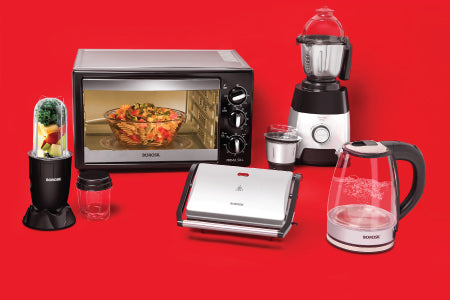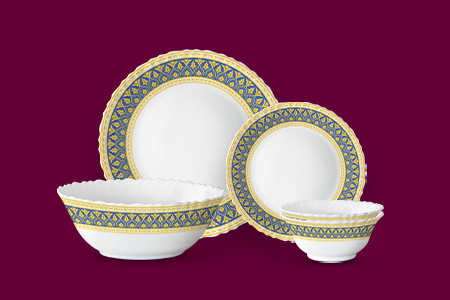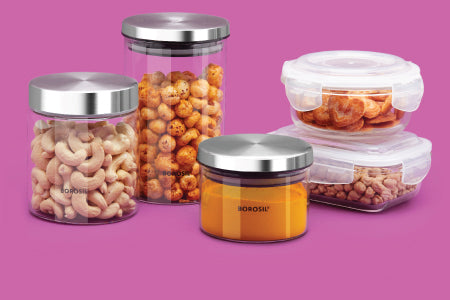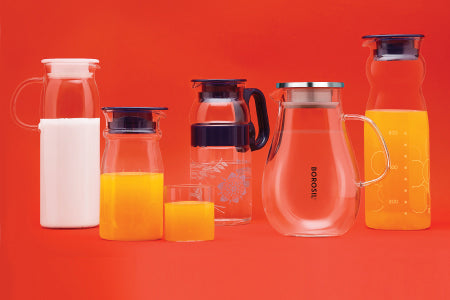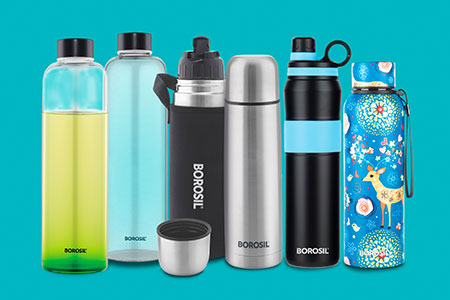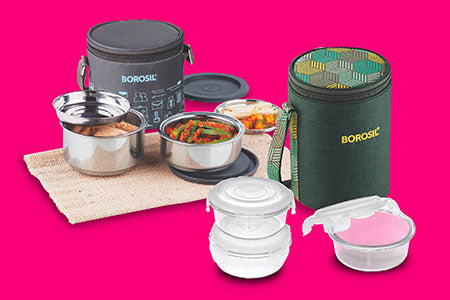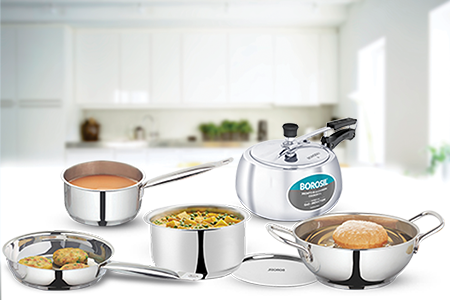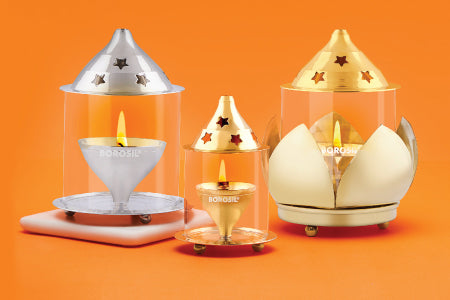
Stainless Steel Cookware Maintenance Tips
The second you lay eyes on your new stainless steel cookware, glowing with its beauty and strength, you’re already dreaming of all the searing, caramelising, and sautéing you’ll be doing. They go from stovetop to table with style and elan and you can be sure that stainless steel cookware will never go out of season.
They are essential, versatile, durable, and the type of cookware that an amateur can buy without any fear and a veteran cook will use and always revere. Stainless steel cookware truly takes out the stress and stain from cooking and replaces it with everything yummy for your tummy! You can use a stainless steel kadhai, ss frypan, stainless steel topes and saucepans and so many other utensils to prepare your breakfast, lunch, and dinner without any concern about toxins, chemicals or flavour alteration.
Because as much as stainless steel pots and pans conduct, distribute, and maintain heat beautifully, and are an absolute joy to have around the kitchen, they also need your care and attention. We need to face that bits of food will stick on, water spots will (too reliably) appear, and dings will happen. Luckily though, there are handy solutions for all this regular wear and tear.
Keep the lustre and performance of your stainless-steel cookware intact and protect your precious pots and pans from damage by following these guidelines for caring
Preparation
Wash before use.
Before you use your stainless steel pan for the first time, wash it properly in warm soapy water with a little vinegar to remove any oil that could be left over during the manufacturing process.
Take the chill off of cold foods.
Cold food is more likely to stick to a hot pan, as the steel will contract when it comes in contact with a cooler temperature. So, if you're cooking foods like meat, chicken, or fish straight from the refrigerator, allow them to sit at room temperature for 10 to 15 minutes. Before cooking, make sure to dab with a cloth or paper towel to remove excess moisture.
Do not rush the preheating process by using high heat.
Since high-quality stainless steel is effective at holding heat, preheating on high might lead to overheating your pan (and burning your food).
To determine whether your pan is hot enough for the oil, do this simple water test:
Drop a tiny amount (about 1/8 teaspoon) of water into the pan. When the water, immediately upon hitting the pan, comes together into a "ball" that glides and dances across the surface, your pan is preheated perfectly—now, you can add the oil!
#BorosilTip: Note that this is past the point at which the water sizzles when it hits the pan's surface: When the pan is properly hot, the water shouldn't "sit" on the surface at all.
While Cooking
Always heat your pan before adding the oil.
And then, add the food once the oil is hot. According to Food Network, adding oil to the pan when it's hot causes the steel to become "static," which creates a temporarily nonstick surface. Always watch the oil to figure out if it's hot enough to start cooking: If it’s shimmering, you’re ready to toss in your ingredients.
Only salt water once it has already come to a boil.
When water is salted pre-boil, "pitting corrosion" can occur, which leaves tiny but irreparable pockmarks, as if from a nail, in the bottom of the pot. So salt your pasta water, yes, but only once it's boiling.
How to cook different dishes on a stainless steel pan
Stainless steel pans are popular choices in Indian kitchens and for all those who prefer to cook and eat healthily. The cooking techniques are slightly different when compared to cooking in non-stick cookware, but familiarising yourself with a few things will help you go a long way with cooking delicious meals in stainless steel cookware without damaging them.
Cooking Meat and Sauces
Stainless steel cookware is a great choice for cooking meat and making delicious sauces. The only rule is this: do not try to move the meat until your stainless steel pan releases it naturally. Low-heat cooking is advised for cooking meat in stainless steel cookware to cook it without sticking. Wait for the Maillard reaction to happen and for it to caramelise before you turn the meat over.
#BorosilTip: Do not forget to add cold liquids to the hot roux to enhance its texture.
Preparing Acidic Food
Cooking acidic foods with the addition of citrus fruits such as tomatoes in stainless steel cookware is okay, but storing them inside steel pans is not recommended. This is because acidic and salted meals can harm the surface of your stainless steel cookware.
Also Read: How to care for your non-stick cookware
Cooking Eggs
Cooking eggs in stainless steel is easy when you do it at the right temperature. Make sure that your stainless steel pan is not too cold or too hot, and that you add some oil or butter before adding eggs to the pan. You can use a pan that is not too much larger than your burner, place it on low to medium heat, and do the water test before adding fat to it. Add a tablespoon of butter or oil of your choice and add the eggs immediately after the butter melts.
#BorosilTip: You can let the eggs cook without moving them until you notice that the edges of them solidify. Use a wooden spatula to peel the eggs from their sides. You can also make scrambled eggs in stainless steel pans; just stir the eggs and let them cook. Stir it again every twenty seconds until they are cooked.
Cleaning
Allow the pan to cool completely before washing it.
Submerging or soaking a hot stainless steel pan in cold water could cause irreparable warping.
For everyday cleaning.
All you need is a soft cloth and dishwashing soap.
The messy ones.
For those stuck-on messes (think the rice that you waited too long to stir), the last thing you want to do is tackle them with metal scrubbing pads, steel wool or abrasive cleaners.
Instead, soak your pan in warm soapy water before trying to scrub. You can also try baking soda to keep your stainless steel looking as good as the day you bought it.
#BorosilTip: If stuck-on food bits remain, fill the pan with enough soapy water to cover the residue, bring to a boil, and scrape with a spatula or wooden spoon. The food should come away easily. Allow the pan to cool, then wash as usual.
Discolouration
For discolouration (often rainbow in appearance), which can occur from overheating: fret not, for a solution is well in sight. Here's what you do: Splash a little white vinegar diluted with water into your pan, swirl the mixture around, and use a non-abrasive sponge to wipe away the rainbow stains. Vinegar's acidity will help break down that thin oxidised rainbow layer while still being gentle on your pans.
Rinse, dry, and...voila! Your stainless steel will be gleaming good as new.
Maintenance
Avoid cutting or carving in your stainless steel cookware as it can scratch.
Don’t expose your cookware to very high heat as this will cause discolouration.
Don’t add oil in a cold pan as this might burn the oil and leave a black residue.
There you have it.
With these simple tips, you can extend the life of your stainless-steel pans and keep this often-used cookware in pristine condition.

